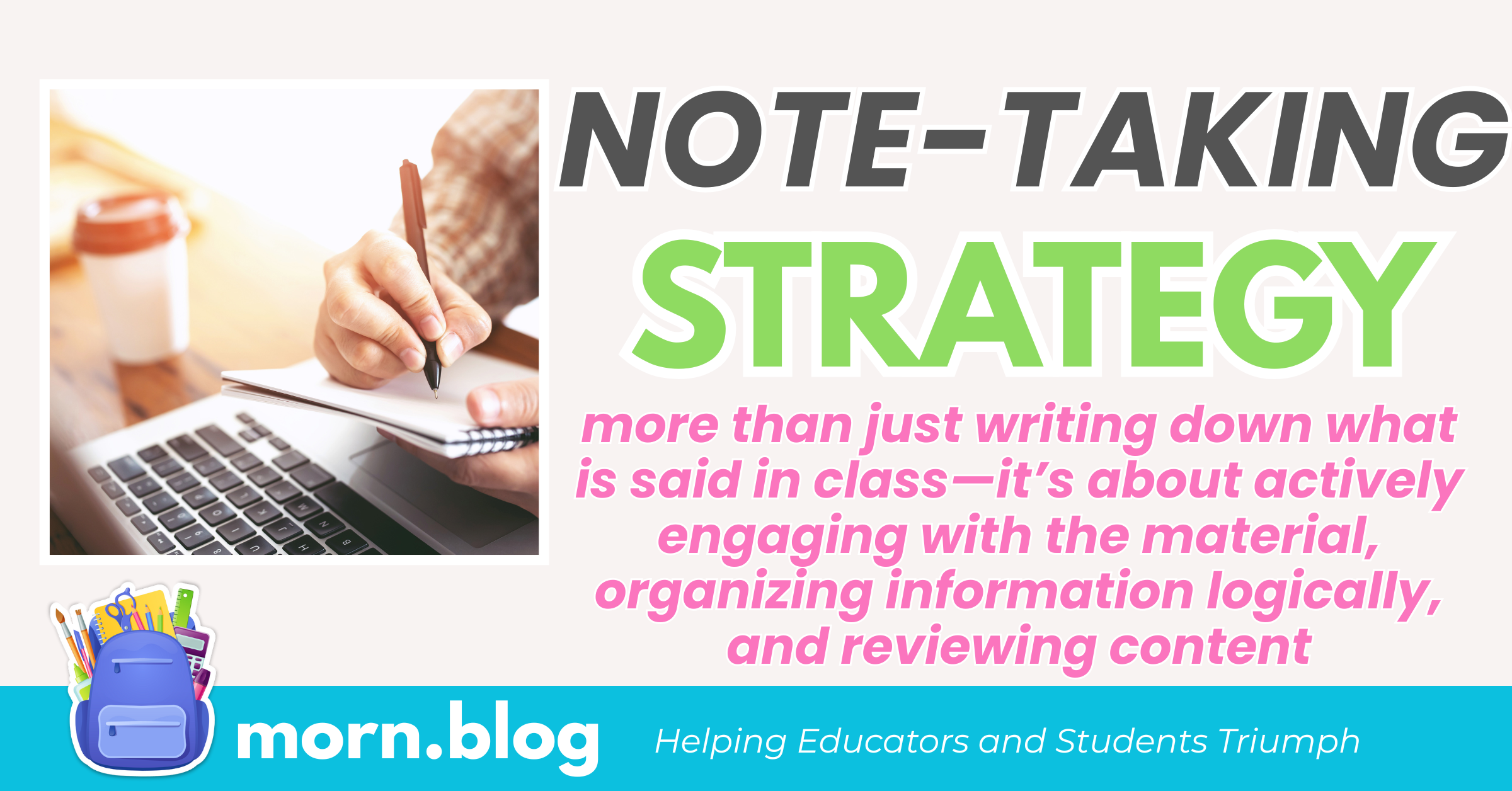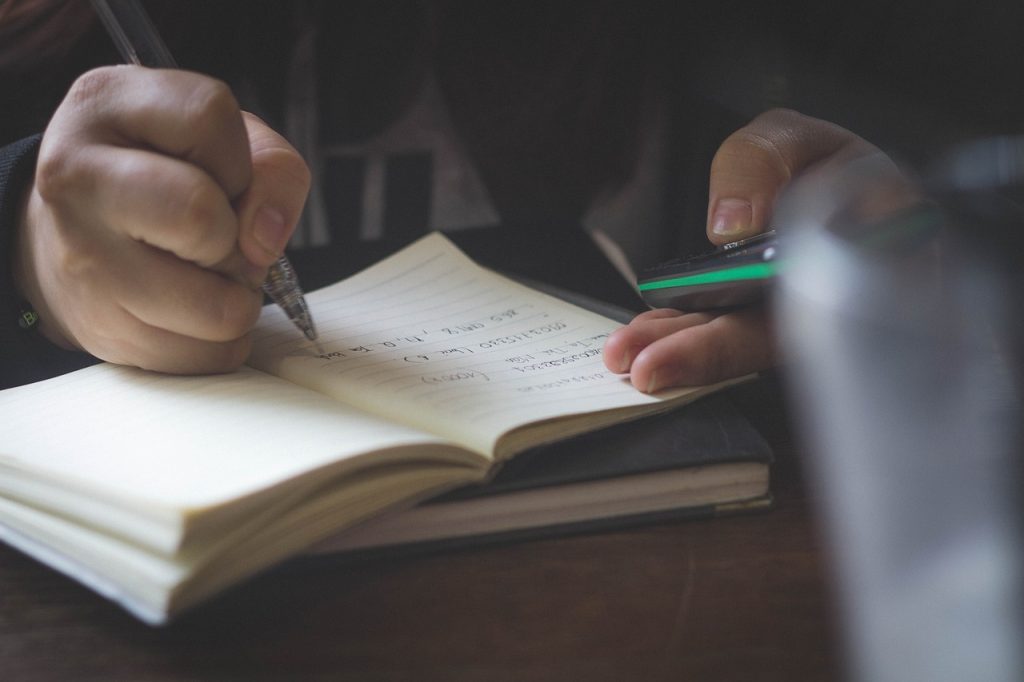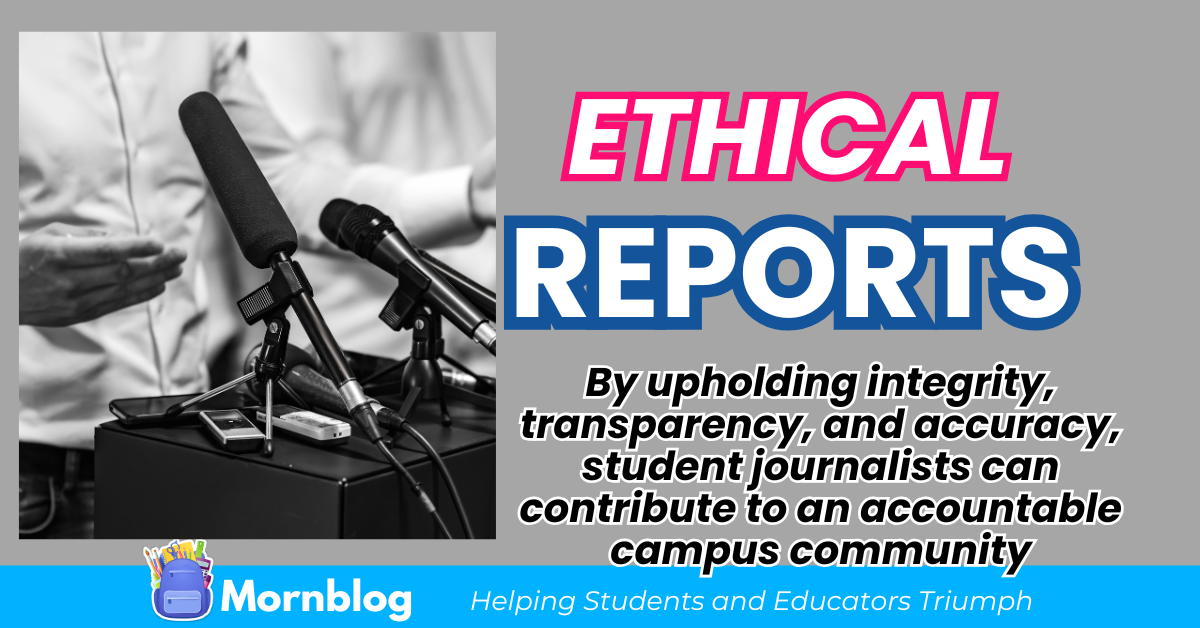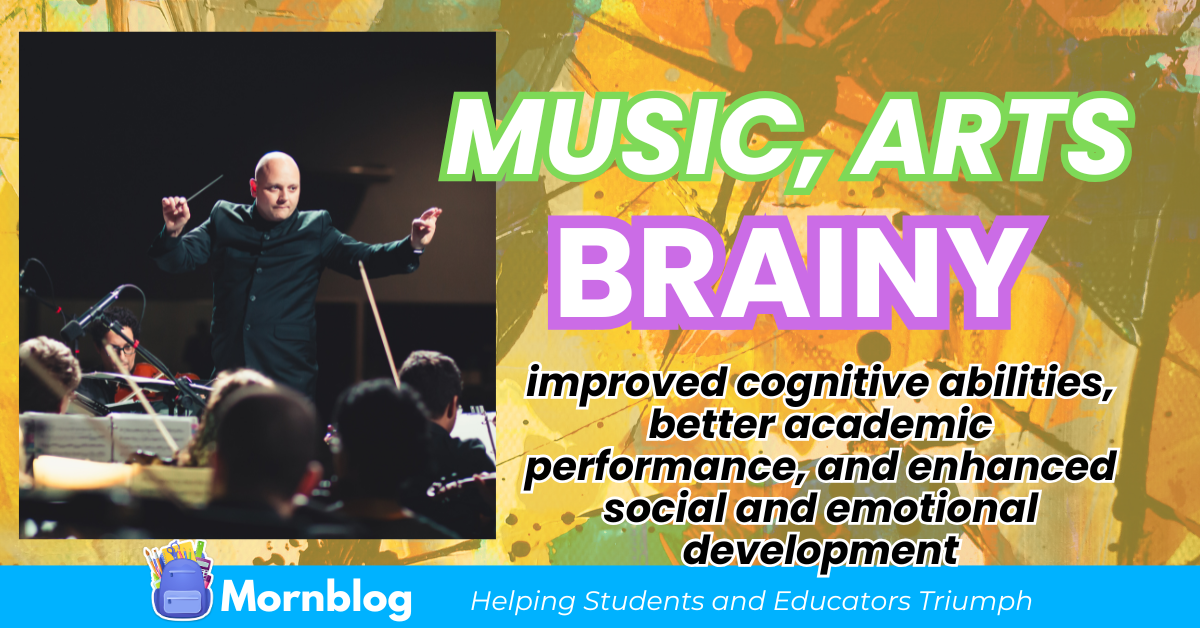10 Often Underused Yet Effective Tips to Develop an Unparalleled and Effective Note-Taking Strategy
Taking notes during class is a crucial skill that helps students retain information, organize their thoughts, and prepare for exams effectively.
Note-taking is the process of recording important information from lectures, readings, or discussions in a structured way to aid understanding, retention, and future reference.
It involves summarizing key points, organizing ideas, and using techniques such as abbreviations, symbols, and diagrams to make information more accessible.
Effective note-taking strategy enhances learning, improves recall, and serves as a valuable resource for studying and reviewing material.
However, not all note-taking methods are equally efficient. Here are some tips to help students maximize their note-taking strategies and enhance their learning experience.
Table of Contents
- Choose the Right Note-Taking Method
- Prepare Before Class
- Actively Listen and Identify Key Points
- Use Abbreviations and Symbols
- Organize Notes Clearly
- Review and Revise Notes After Class
- Compare Notes with Classmates
- Utilize Technology Wisely
- Stay Engaged and Avoid Distractions
- Customize Your Note-Taking Style
- Conclusion
Choose the Right Note-Taking Method
There are various note-taking techniques, and choosing the right one depends on your learning style and the subject matter. Here are some popular methods:
- Cornell Method: Divide your paper into three sections: notes, key points, and a summary. This method helps in structuring and reviewing information easily.
- Outline Method: Use bullet points and indentation to organize information hierarchically. This works well for structured subjects like history and literature.
- Mind Mapping: Ideal for visual learners, this method involves drawing diagrams to connect ideas, making it useful for subjects like science and philosophy.
- Charting Method: Best for subjects that require comparisons, such as economics or statistics, by dividing information into columns.
Prepare Before Class
Effective note-taking starts before the lecture begins.
Read the assigned materials, review previous notes, and familiarize yourself with key concepts.
This will help you anticipate important points and follow the discussion more easily.

Actively Listen and Identify Key Points
Instead of writing everything down verbatim, focus on the main ideas, supporting details, and key terms.
Listen for cues from the instructor, such as repeated phrases, emphasized words, or statements like “this will be on the exam.”
Use Abbreviations and Symbols
To keep up with fast-paced lectures, develop a system of abbreviations and symbols.
For example:
- “w/” for “with”
- “b/c” for “because”
- “&” for “and”
- “→” for “leads to”
- “ex.” for “example” This will allow you to take notes quickly and efficiently without missing key points.
Organize Notes Clearly
Use headings, bullet points, and underlining to structure your notes.
Highlight or color-code essential points for easy reference.
Keeping notes tidy and well-organized makes revision more manageable.
Review and Revise Notes After Class
After class, go through your notes and refine them while the lecture is still fresh in your mind.
Summarize the main ideas, clarify any ambiguous points, and add missing details.
This will reinforce your understanding and prevent information loss.
Compare Notes with Classmates
Studying with peers and comparing notes can help fill in any gaps and provide different perspectives on the material.
It also allows for discussions that reinforce learning.
Utilize Technology Wisely
If allowed, use digital tools such as:
- Note-taking apps (Evernote, OneNote, Notion) for organized digital notes.
- Voice recorders to review lectures later (ensure permission from the instructor).
- Online collaborative documents (Google Docs) for sharing notes with classmates.
Stay Engaged and Avoid Distractions
Active participation in class enhances note-taking.
Avoid distractions like checking your phone or social media.
Instead, focus on the lecture and ask questions when necessary.
Customize Your Note-Taking Style
Every student has a unique way of processing information.
Experiment with different methods and find what works best for you.
Adjust your style based on the subject, instructor, and type of material being presented.
Conclusion
Effective note-taking is more than just writing down what is said in class—it’s about actively engaging with the material, organizing information logically, and reviewing content for better retention.
By implementing these strategies, students can enhance their learning experience, improve academic performance, and develop a lifelong skill that extends beyond the classroom.
School Hacks
Subscribe
Fresh insights and exclusive perks delivered straight to your inbox. Sign up now!









